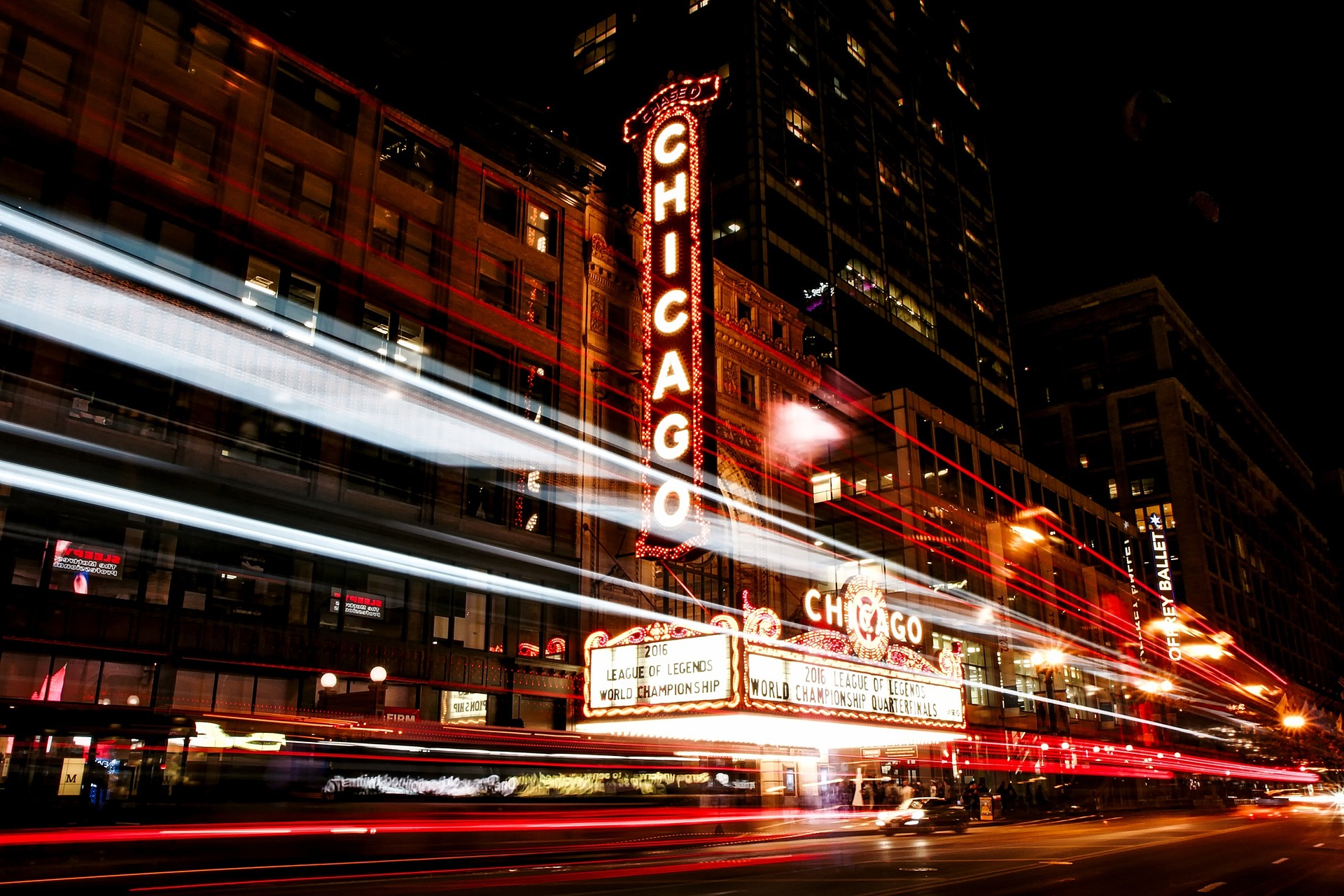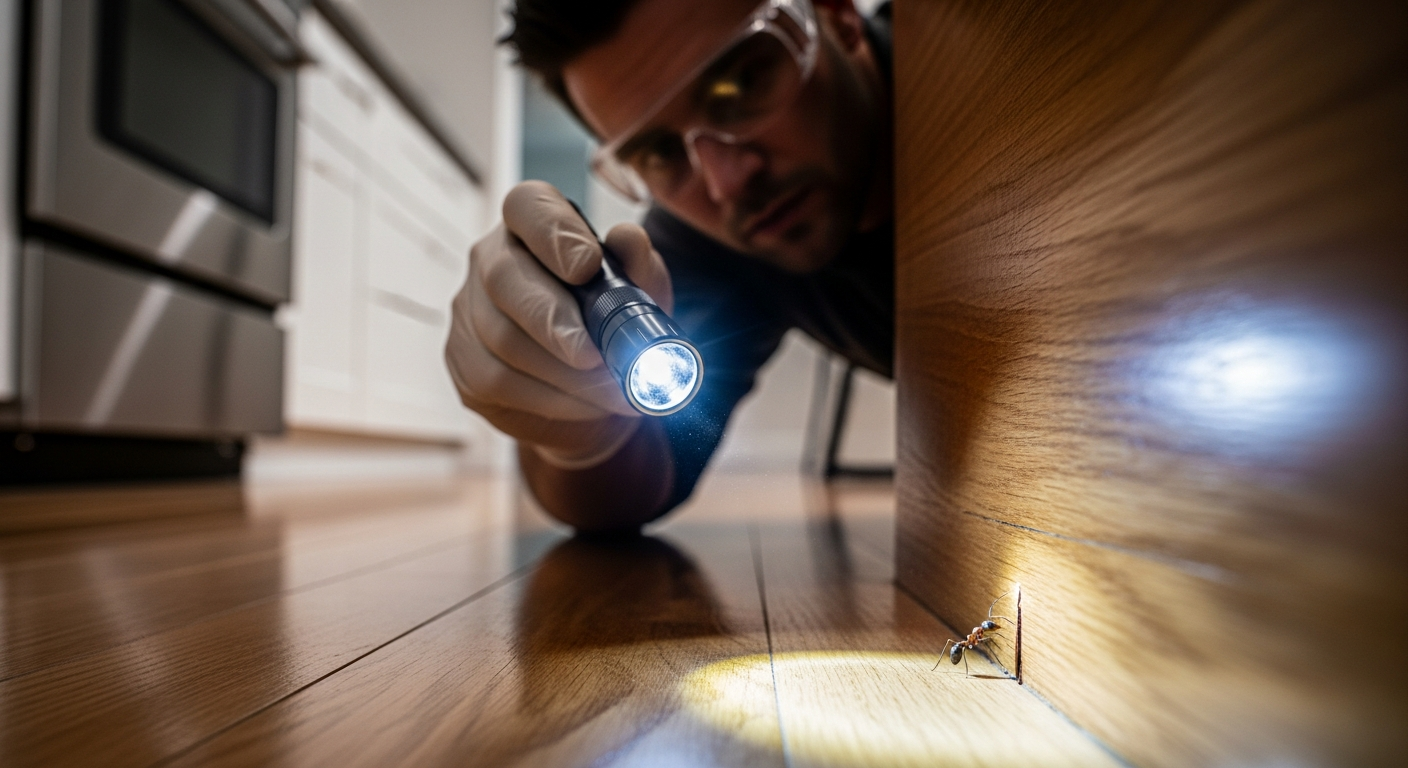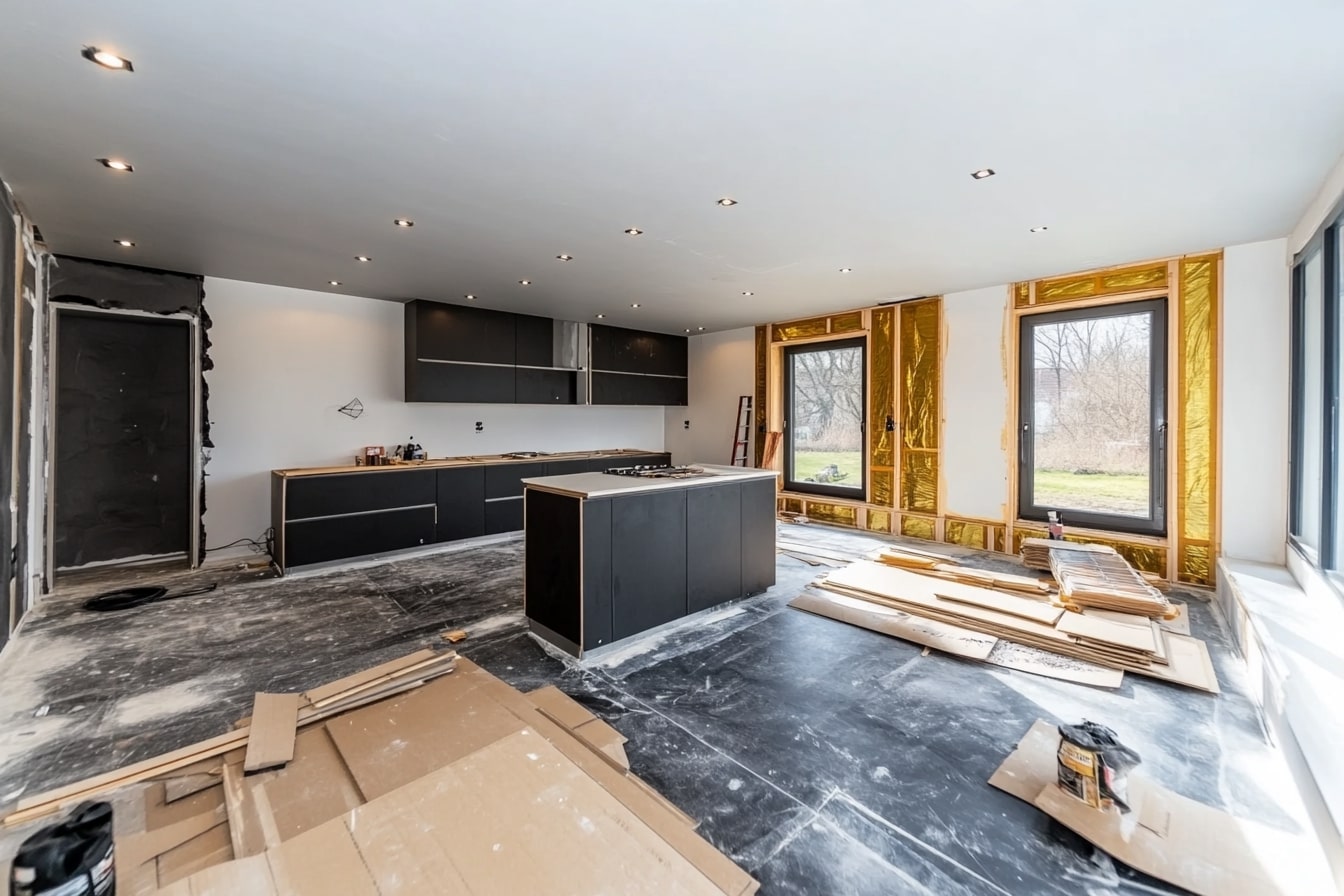Unmasking the Phenomenon of Virtual Reality in Modern Theatre
In the ever-evolving world of performing arts, the current era has ushered in a digital revolution that's transforming the very essence of theatre. This transformation comes in the form of Virtual Reality (VR), a technology that has been subtly infusing itself into the realm of theatre, offering unique and immersive experiences to audiences worldwide.

The Birth of Virtual Reality in Theatre
Virtual Reality, a concept that seemed like a distant dream in the late 20th century, has rapidly become a reality. The technology initially found its footing in the gaming industry, where it was used to create immersive and interactive gaming experiences. However, the potential of VR soon caught the eye of performing arts professionals. The first experimental VR theatre productions began in the early 2000s, but it wasn’t until the last decade that significant strides were made in this realm.
The Present State of Virtual Reality in Theatre
Fast forward to the present, and Virtual Reality in theatre is no longer a novelty. It’s a growing trend that’s gradually becoming mainstream, as theatre companies worldwide incorporate VR to provide immersive and unique experiences. In recent news, London’s prestigious Royal National Theatre has been experimenting with VR, integrating it into their productions in a bid to draw in younger, tech-savvy audiences.
Impact and Reception of Virtual Reality in Theatre
The integration of VR technology into theatre productions has had a profound impact on the performing arts industry. It has allowed for an entirely new level of audience engagement, where viewers are not just passive observers but active participants in the performance. This active participation has, in turn, led to a richer, more immersive theatre experience.
The reception of VR in theatre has been largely positive, with audiences appreciating the fresh perspective and unique experiences it offers. Critics, too, have been largely supportive, lauding the innovative use of technology in a traditional art form.
Future Prospects of Virtual Reality in Theatre
Given the current trend, the future of VR in theatre looks promising. As technology continues to improve, so too will the quality and immersiveness of VR theatre productions. It’s an exciting prospect that holds the potential to revolutionize the theatre industry, providing audiences with experiences that were previously unimaginable.
In conclusion, Virtual Reality in theatre is a fascinating phenomenon, one that has emerged from the confluence of technology and art. It’s a trend that’s breathing new life into an ancient art form, making theatre more accessible and engaging for audiences worldwide. This innovative blend of old and new is a testament to the enduring adaptability and creativity of the performing arts industry. With VR technology, the world of theatre is set to continue its evolution, venturing into uncharted territories and pushing the boundaries of what is possible.




